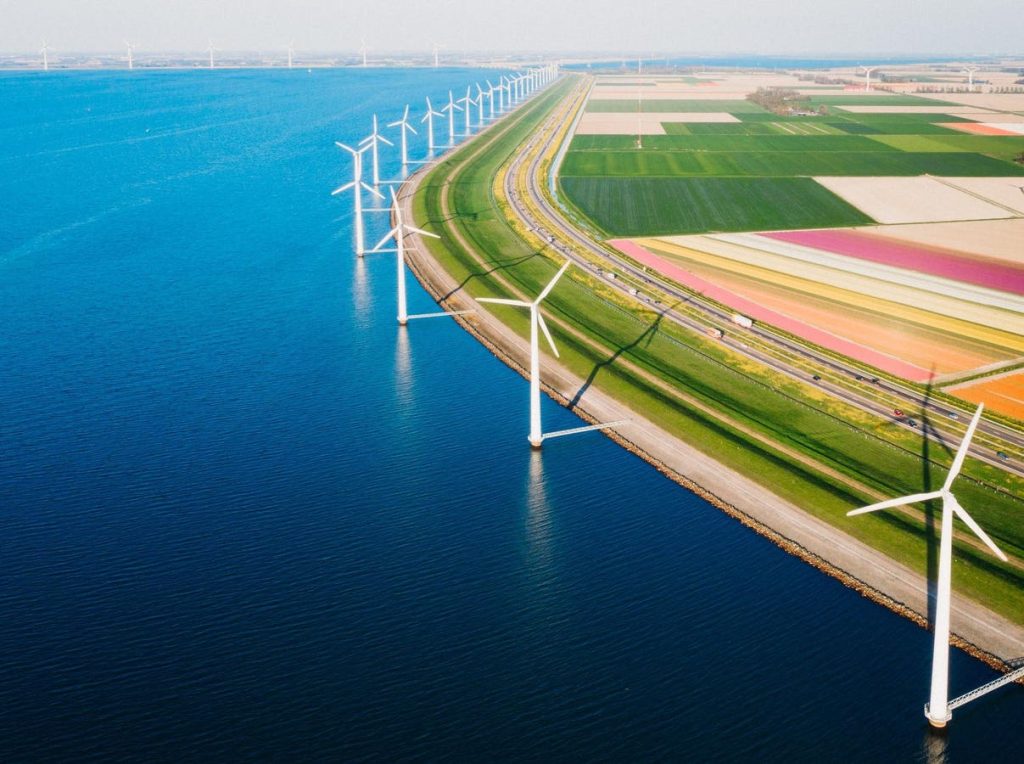The latest edition of the Current Climate brings some positive news regarding efforts to curb climate-warming emissions. In 2024, a record 30% of worldwide electricity production came from renewable sources such as solar and wind. This marks a significant shift away from fossil fuels, although the level of emissions is still too high. Dry weather conditions last year led to a decrease in hydropower generation, resulting in higher usage of coal in some regions as a substitute.
Adding nuclear power to the mix, almost 40% of global energy production came from non-carbon sources in the same year. This growth in renewables has been steady over the past two decades, with solar and wind accounting for 13.4% of electricity generation in 2024. China has seen significant gains in the adoption of these clean energy sources, contributing to the overall progress in reducing reliance on fossil fuels.
Based on current trends, fossil fuel power generation is expected to decrease slightly in 2024 and more sharply in the coming years. Global energy demand is projected to increase, but clean energy sources are set to grow faster, leading to a possible 2% decline in electricity generated from fossil fuels. These developments bode well for the future of sustainable energy production and reducing carbon emissions on a global scale.
In the realm of green technology and policy, significant advancements have been made in recent years, with renewable energy accounting for over 20% of power in the U.S. Additionally, more than three million electric cars are now on American roads, and countries worldwide have committed to phasing out coal-fired power plants. Forbes is introducing a new Sustainability Leaders list to recognize individuals and organizations making impactful contributions to sustainability across various industries.
In a move to incentivize farmers to adopt sustainable growing techniques, the USDA launched a $3 billion Climate-Smart Commodities program. This initiative aims to create new value-added opportunities for farmers by rewarding them for producing Climate-Smart Commodities, which command higher market premiums. By embracing sustainable agricultural practices, farmers can benefit from financial support and market incentives while contributing to environmental conservation efforts.
The Climate-Smart Commodities program encompasses a wide range of sustainable farming practices, including cover crops, rotational grazing, efficient irrigation systems, renewable energy use, agroforestry, and the conversion of manure into fertilizer products. This initiative covers 102 commodities across all 50 states, promoting a holistic approach to sustainable agriculture. With new funding sources and initiatives like the Climate-Smart Commodities program, U.S. agriculture is poised to lead the way towards a net-zero future and sustainability in the food and agriculture industry.


